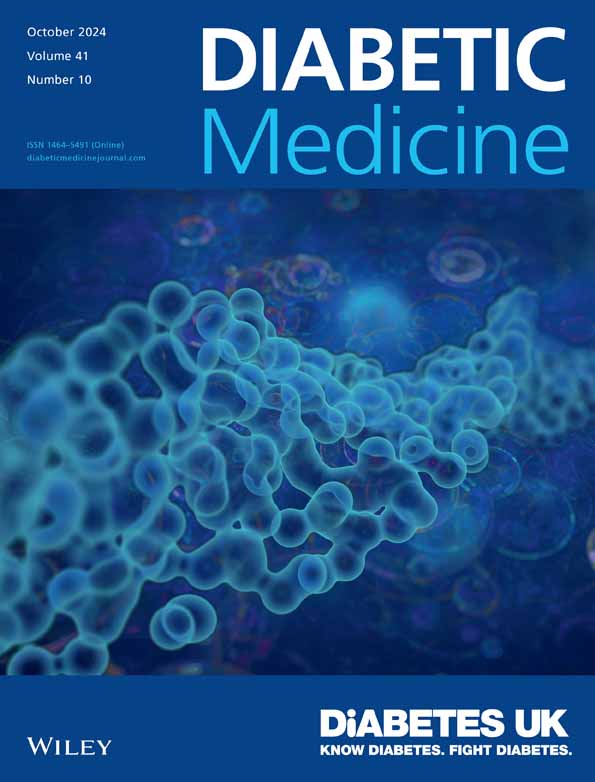The impact of socio-economic deprivation on the long-term survival of people with diabetes and acute myocardial infarction: A nationwide cohort study
Abstract
Background
People from areas of socio-economic deprivation have poorer outcomes following acute myocardial infarction (AMI). How deprivation influences the survival of people with diabetes mellitus (DM) post-AMI is not well described.
Methods
Using the Myocardial Ischaemia National Audit Project (MINAP) registry, with Office for National Statistics (ONS) mortality recording, 729,722 patients from England and Wales between 2005 and 2019 were included, 152,867 with DM and followed up to 31 July 2021. Patients were stratified into quintiles using the Index of Multiple Deprivation (IMD) score (Q1—most-deprived, Q5—least deprived), Cox regression models were fitted and adjusted mortality risk estimates were compared by IMD quintile and DM status.
Results
Thirty-day mortality risk between Q1 (most deprived) and Q5 (least deprived) was similar for patients with DM, but in patients without DM, risk was higher in the most deprived group (aHR: 1.05 (1.01–1.09), p < 0.001). Risk of 1-year (aHR: 1.05 (1.01–1.10), p < 0.001), 5-year (aHR: 1.14 (1.11–1.17), p < 0.001) and overall mortality (aHR: 1.14 (1.12–1.17), p < 0.001) was higher in Q1 compared to Q5 for patients with DM, but this increase was smaller than in patients without DM at 1 year (aHR: 1.12 (1.09–1.14), p < 0.001), 5 years (aHR: 1.18 (1.16–1.20), p < 0.001) and overall (aHR: 1.22 (1.20–1.23), p < 0.001). Adjusted 1-year mortality was higher in patients with DM than those without DM regardless of IMD quintile (e.g. DM vs. non-DM: Q1: 18.8% vs. 16.1%, Q5: 17.8% vs. 14.6%).
Conclusion
Patients with DM from socio-economically deprived regions have a higher risk of mortality at 1 year, 5 years and overall, compared to least deprived patients with DM following AMI. However, the inequality gap was larger in the non-diabetic population, suggesting that current approaches to management in people with DM may mitigate some of the effect of deprivation on outcomes.


 求助内容:
求助内容: 应助结果提醒方式:
应助结果提醒方式:


